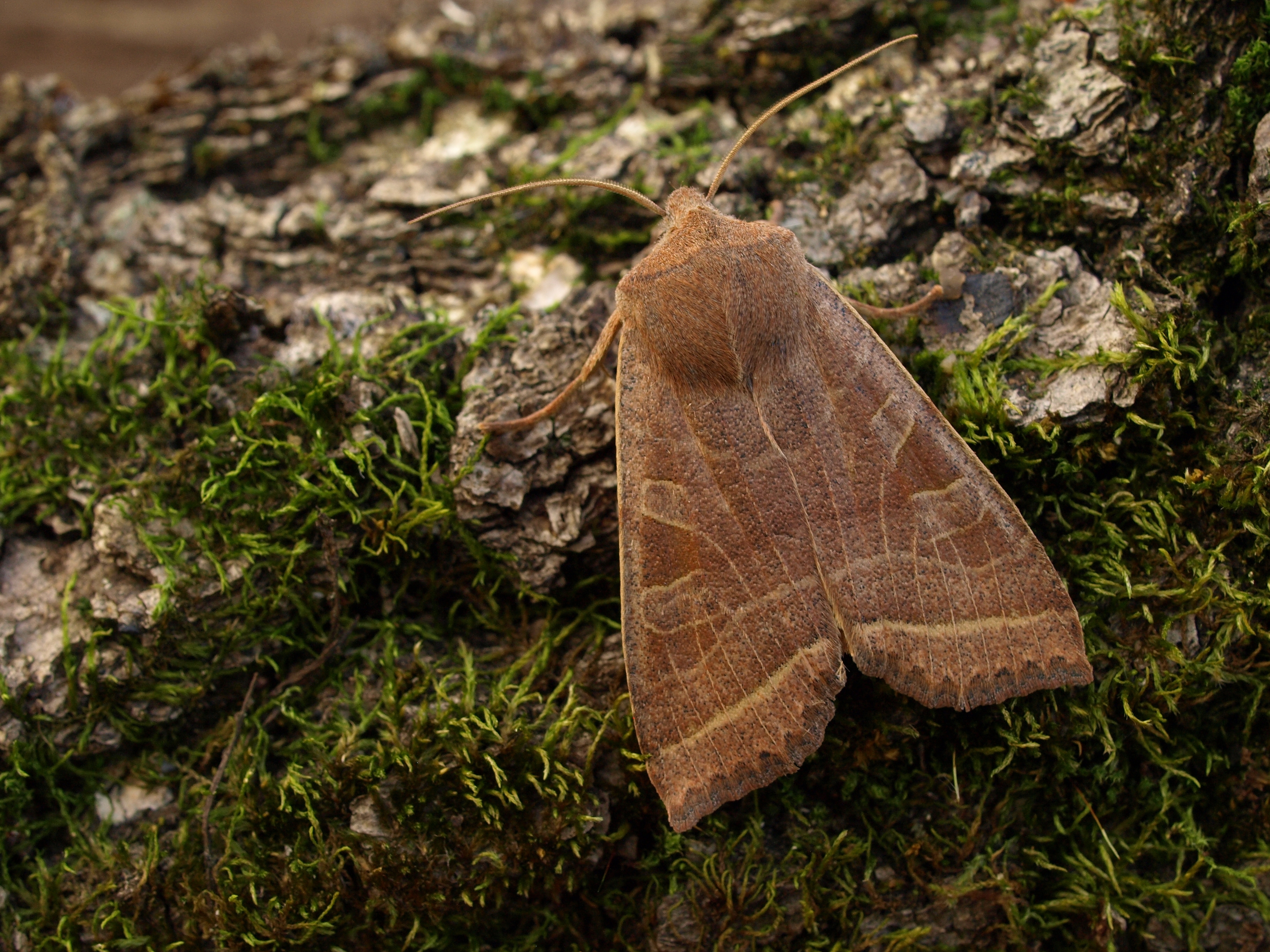 |
| Orbona fragariae (Vieweg, 1790) |
One of the prizes of autumn. This was a welcome visitor to my sugared trees in October and early November 2013. It is a rare species throughout its large western Palearctic range. In Hungary it is said to live in very cool and damp habitats, such as undisturbed forest valleys and ravines (Ronkay & Ronkay 2006). My site however, is a warm, dry oak scrub with abundant rosaceous shrubs. It is a 'forest edge habitat', a south facing slope just below the 200 metre contour on the lower fringes of the Bükk mountains. Here its companions were
Scotochrosta pulla and
Rileyiana fovea. There was therefore the possibility that the 2013 moth was just a stray, but it turned up again, in the same spot (and again at sweet bait, not light) this autumn (13th October 2014). I am therefore now reasonably confident it is resident (though I have not searched for or found larvae). This information may be worthy of note since the species is threatened in many of its localities yet its habitat requirements are incompletely known. Heiner Ziegler and Wolfgang Wagner, outlining the situation in
Switzerland and
Germany, suggest a somewhat broader range of habitats can be used which includes certain types of rocky hillside, shrub-rich slope, parkland and extensively managed forest edges.
Field notes on my three sightings of the species in Miskolc:
24/10/2013
1 imago at 'sugar' (liquidized fruit) on small
Sorbus torminalis trunk, 20:00, 15°C.
02/11/2013
1 imago perched on twig amongst leaf litter on woodland floor, 18:15, 13.5°C, warming flight muscles. By 18:30 had made very short flight to sugared
Sorbus torminalis trunk.
13/10/2014
1 imago at rest, 2m up on underside of
Crataegus monogyna twig growing under (sugared)
Sorbus torminalis, 19:40, 17-18°C. Fell into leaf litter on approach.





